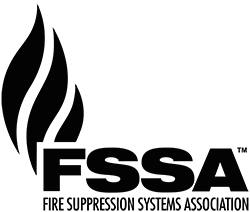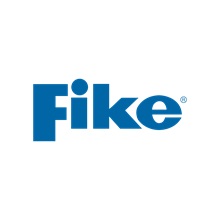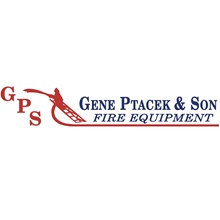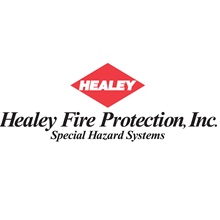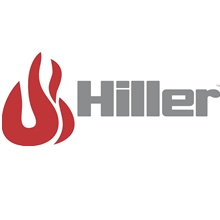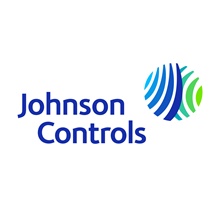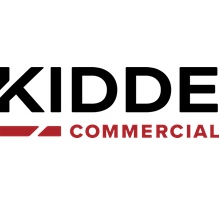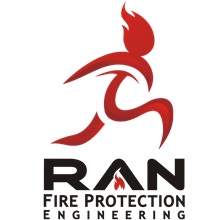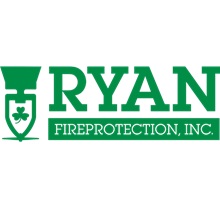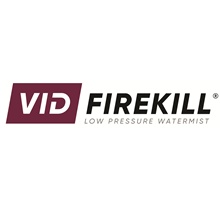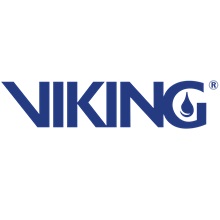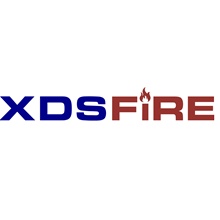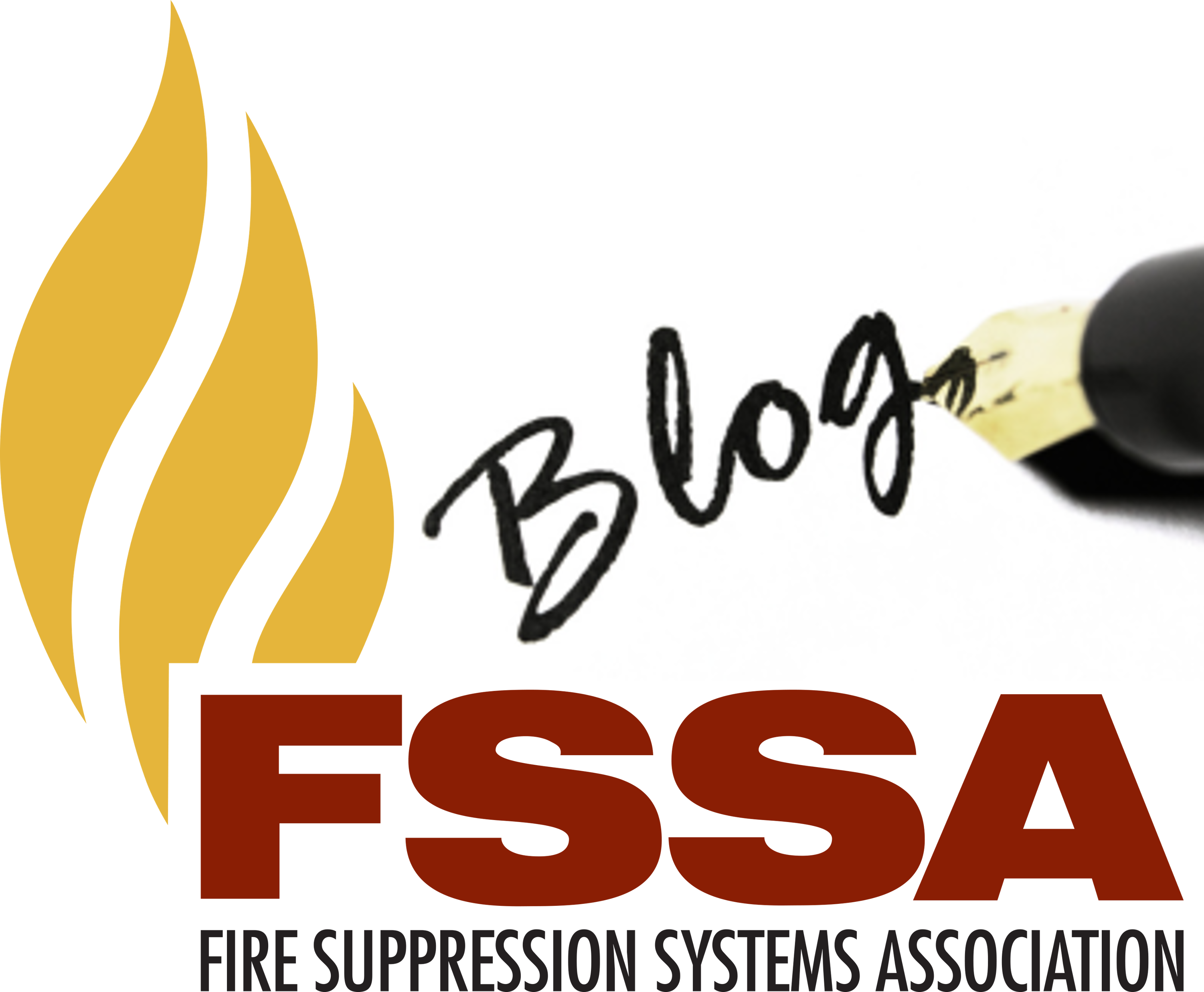- FSSA
- About
- Membership
- Events
- Training
- Resources
- Member Home
FSSA PFAS Task Force - FAQs
1. What are PFAS?Defined as “a chemical substance containing one or more fully fluorinated carbons,” per & polyfluoroalkyl substances (PFAS), are a broad category of materials that includes thousands of substances with a wide range of physical and chemical properties (e.g., solids, liquids, & gases), uses, and characteristics. Please note that there are multiple definitions of PFAS, the broadest being the one above. Different definitions of PFAS listed in Report “Implications of PFAS Definitions Using Fluorinated Pharmaceuticals” 2. Does FK-5-1-12, also known as Novec 1230, FFT1230, IFP649, contain PFAS?FK-5-1-12 (C6-perfluoroketone, Novec 1230, FFT1230, IFP649), a fully fluorinated ketone (ethyl isopropyl), does fall into the above broad definition of “PFAS”. 3. PFAS is being characterized as something that is negative and harmful as a general class. Why are you using a product that contains PFAS?The best science available strongly indicates that all PFAS are not equal in their effect on human and environmental health. For example, it’s clear that the PFAS in firefighting foam can be harmful. Clean agent extinguishants containing PFAS are not in this category. The FSSA is dedicated to sustainable fire suppression backed by science and innovation, and a healthy, safe world for all. 4. Why is fluorochemistry scrutinized?Fluorochemistry is the foundation to innovation in many industries including ones that are economic backbones for our society. Defense, health, energy, transportation, and even pharmaceuticals all heavily rely on fluorochemistry. Fluorochemistry is scrutinized based on the improper handling of PBT (persistent, bioaccumulative, and toxic) chemicals like PFOA/PFOS. Controlling chemicals that are harmful to the environment and to human health is key to the longevity of society for many reasons, but especially mitigation of human exposure to toxic chemicals. 5. Is FK-5-1-12 persistent?No, it is not persistent. FK-5-1-12 evaporates 50x faster than water and it will partition to the atmosphere and be broken down and absorbed by UV rays in about a week. It has NO ozone depletion capabilities and a GWP of less than 1. 6. How does FK-5-1-12 compare to AFFF containing PFOA/PFOS?Foam (PFOA/PFOS) concentrate mixes with water to create AFFF, a blanket that smothers fires. Its very nature of mixing with water has proven to cause significant environmental damage around the globe as it partitions to the soil and to the ground water. FK-5-1-12is a non-persistent, non bioaccumulative, and non-toxic (non-PBT) chemical that can NOT partition to water or soil, it does NOT bioaccumulate, and it is considered LOW in toxicity in end use. 7. Are there any EPA regulations prohibiting the use of FK-5-1-12?No. There are no EPA regulations prohibiting the use of FK-5-1-12 at this time. Because it does not partition to groundwater, or soil, and because of its short lifetime when partitioning to the atmosphere, FK-5-1-12 does not pose an environmental threat. In addition, FK-5-1-12 is safe for humans in end use. FK-5-1-12 will not pose a threat to human health, as it does not bioaccumulate. The EPA has determined that FK-5-1-12 is “acceptable” for use in total flooding fire extinguishing when used in accordance with NFPA 2001. https://www.epa.gov/snap/substitutes-total-flooding-agents 8. Is FK-5-1-12 environmentally acceptable?In listing FK-5-1-12 (C6-perfluoroketone” as “acceptable” for use in total flooding fire extinguishing systems, the EPA states the following: “C6-perfluoroketone has no ozone depletion potential, a global warming potential of six to 100 relative to CO2 over a 100 year time horizon, and an atmospheric lifetime of less than three days.” Further EPA states “We find that C6-perfluoroketone is acceptable because it reduces overall risk to public health and the environment in the end use listed.” (Quoted from the Federal Register / Vol. 67, No. 245 / Friday, December 20, 2002 / Rules and Regulations) 9. Why did 3M Company stop production of PFAS?We cannot speculate on decisions 3M Company has made regarding their production of PFAS materials, other than what is contained in the 3M press release. 3M Press Release: 10. What do other chemical manufacturers have to say about PFAS?Honeywell, Chemours, Dupont and other large chemical manufacturers are all continuing, or ramping up production of their products that would be considered PFAS under the broad definition stated above. We can even turn to the pharmaceutical industry to note their loyalty to fluorochemistry as it is at the core of drugs like Prozac, Lipitor, and the COVID-19 treatment drug Paxlovid. Companies like Pfizer, Merck, and Bayer are all committed to the use of products that would be considered PFAS for these lifesaving drugs. 11. What is the stance of the American Chemistry Council on PFAS?The American Chemistry Council is the trade organization for the chemical industry in the United States and they understand the need to eliminate dangerous chemicals from use, but they agree that not all PFAS are created equal and should not be under the same regulatory scrutiny as PFOA/PFOS/Genx chemicals. 12. Why can’t we just use water instead of FK-5-1-12 to eliminate any use of chemicals?Depending on the hazard, chemical agents are a NECESSITY to protecting human life and assets. Water itself would not work to extinguish all fires and may exacerbate a situation (e.g., fire in jet fuels, AV gas, JP5, JP8). Additionally, water could damage assets and cause operational downtime. For certain assets, like those that run the power grid, military computers, data rooms, operational loss could be a catastrophe. 13. Is there a way to categorize PFAS into different subcategories?We think the most efficient way to categorize PFAS is as PBT (persistent, bioaccumulative, toxic) vs non-PBT. In order to achieve a “safe” classification, a compound, its byproduct, and/or the finished product (once a PFAS is added) would have to be water/soil insoluble, non-toxic, have a short atmospheric lifetime, and not bioaccumulate. 14. Does my OEMs product carry any listings for generic FK 5-1-12? Installers and service providers should check directly with their OEM for OEM specific information on listings and application of agents outside the original filled product. 15. If my OEM's product discharges, what can I put back in the tank?Service providers should work directly with system OEMs to confirm what agent can be used to replace the discharged agent. back to topQuestions for FSSA and the PFAS Task ForceThe task force wants to hear from you - whether it's feedback, questions, or concerns surrounding PFAS. PFAS Contact Form |
